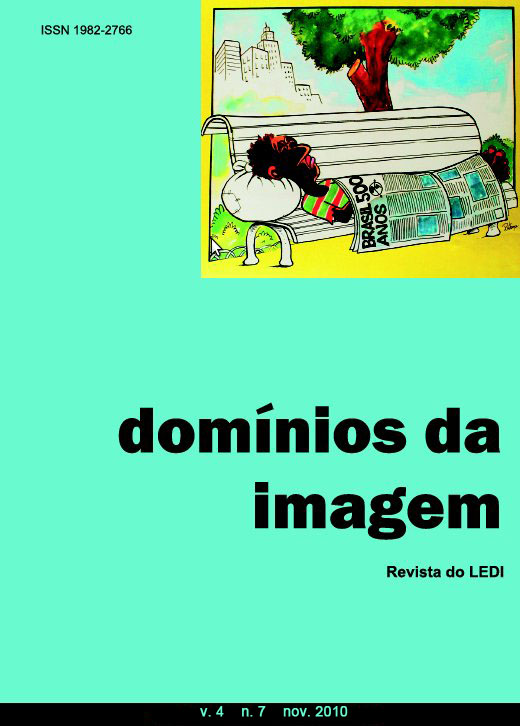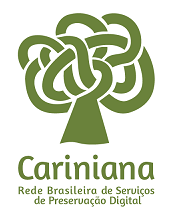A vivência do morto: a preservação de monumentos histórico-culturais em ruínas
DOI:
https://doi.org/10.5433/2237-9126.2010v4n7p45Palavras-chave:
Patrimônio histórico-cultural, Preservação, RuínasResumo
As ruínas emergem enquanto alegoria pro meio da representação do que a edificação uma vez foi, contudo não mais o é. Também é um monumento do presente e por isso existe em correlação com a vivência das cidades e suas memórias. As ruínas, deste modo, apresentam- se como um fator de afirmações coletivas, individuais e/ou nacionais a partir de sentimentos despertados por este "morto" que luta por sobrevivência e vida na sociedade a qual pertence. Neste trabalho, buscamos, então, compreender o patrimônio histórico-cultural e o debate de sua preservação a partir do pensamento de John Ruskin, Eugène Viollet-le-duc e Cesare Brandi em relação com a ação prática voltada, mais especificamente, para a ruína. A fim de, com isto, entender até onde se pode ter e vivenciar as ruínas na sociedade - um morto que vive na mesma mediante a alegoria.
Downloads
Referências
BENJAMIN, Walter. alegoria e drama barroco. In: BENJAMIN, Walter. Origem do drama barroco alemão. Tradução Sérgio Paulo Rouanet. São Paulo, SP: Brasiliense, 1984.
BOLTO, Camilo.Os Restauradores: Conferência na Exposição de Turim (07/06/1884). 2ed. São Paulo, SP: Ateliê Editorial, 2003.
BRANDI, cesare. Teoria da Restauração. tradução Beatriz Mugayar Kühl. 2. ed. São Paulo, SP: Ateliê Editorial, 2004.
CHOAY, Françoise. A alegoria do patrimônio. Tradução Luciano Vieira Machado. São Paulo, SP: Estação Liberdade/ Editora da UNESP, 2001.
FONSECA, Maria Cecília Londres. O patrimônio em processo: trajetória da política federal de preservação no Brasil. Rio de Janeiro, RJ: Editora UFRJ; MINC/ IPHAN, 2005.
GONÇALVES, José Reginaldo Santos. O Patrimônio como categoria de pensamento. In: ABREU, Regina; CHAGAS, Mário (org.). Memória e patrimônio: ensaios contemporâneos. Rio de Janeiro, RJ: DP&A, 2003.
HOBSBAWM, Eric. Sobre História. tradução cid Knipel Moreira. São Paulo, SP: Companhia das Letras, 1998.
JEUDY, Henri-Pierre. Memórias do social. tradução Márcia Cavalcanti. Rio de Janeiro, RJ: Forense Universitária, 1990.
LE GOFF,Jacques. História e memória. tradução de Irene Ferreira, Bernardo Leitão e Suzana Ferreira Borges. 3. ed. campinas, SP: Editora UNIcaMP, 1994.
POLLAK, Michael. Memória, esquecimento, silêncio. Estudos Históricos, Rio de Janeiro, v. 2, n. 3, p. 3-15, 1989.
REIS, Nestor Goulart. Por uma nova política de preservação. O Estado de São Paulo, São Paulo, 9 jan. 2009. Caderno Opinião.
RUSKIN, John. As Pedras de Veneza. São Paulo, SP: Martins Fontes, 1992.
RYKWERT, Joseph. A Sedução do lugar: a história e o futuro da cidade Tradução Valter Lellis Siqueira. São Paulo, SP: Martins Fontes, 2004.
VASCONCELLOS, Lélia Mendes; MELLO, Maria cristina. Re: atrás de, depois de... In: VARGAS, Heliana Comim; CASTILHO, Ana Luisa Howard (org.). Intervenções em centros urbanos: objetivos, estratégias e resultados. São Paulo, SP: Manole, 2006.
VIOLLET-LE-DUC, Eugène Emmanuel. Restauração. Tradução Beatriz Mugayar Kühl São Paulo, SP: Ateliê Editorial, 2000.












 As obras deste periódico estão licenciadas com
As obras deste periódico estão licenciadas com 